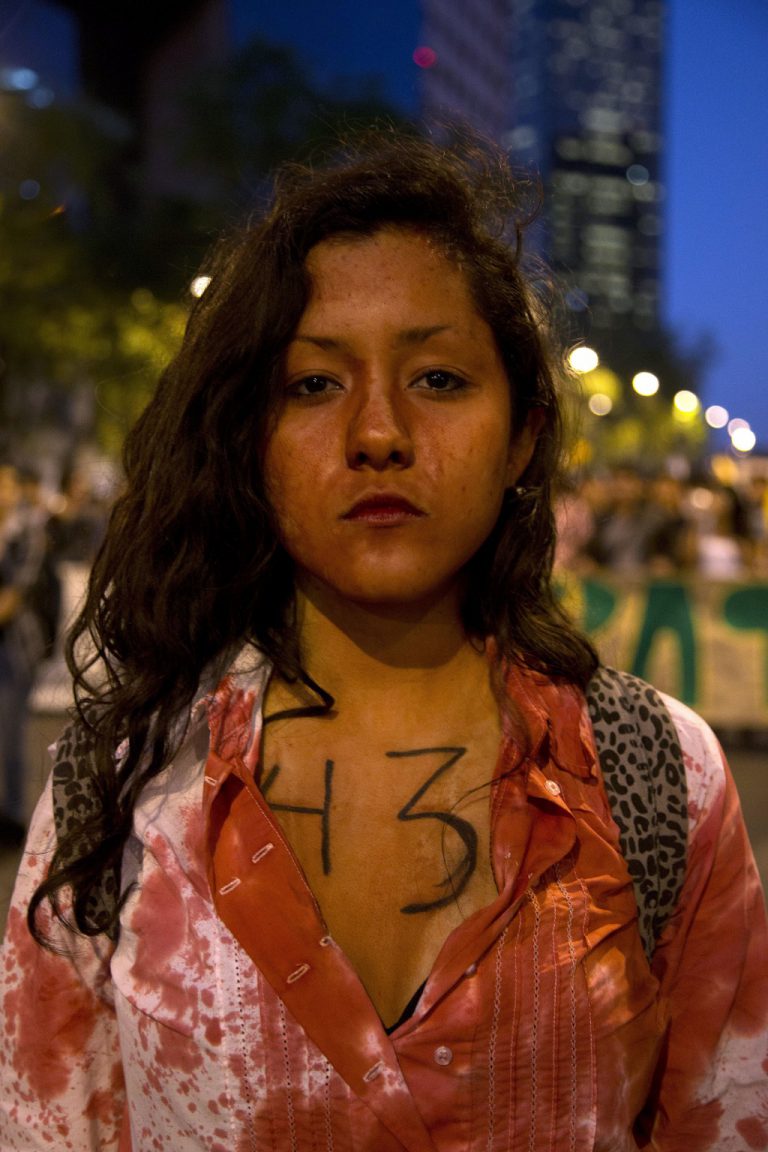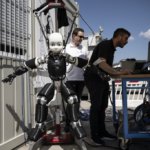
The news that Mexico had been dreading finally came on Saturday: a team of Argentine forensic scientists had identified the remains of 19-year-old Alexander Mora, one of 43 students abducted by police officers in the town of Iguala in late September.
The clearest indication to date that the students were massacred, the identification was made from a fragment of charred bone that the Mexican government claims to have recovered from a river in the neighboring municipality of Cocula.
Citing the testimony of three suspects, the government says members of the Guerreros Unidos drug gang killed the students at a nearby landfill site, then burned their bodies and threw the ashes in the river.
However, many students’ families do not believe the official account of events. They suspect that the government planted Mora’s remains by the river in order to corroborate the detainees’ testimony.
The independent forensic experts from Argentina also cast doubts on the government version this week, stating that they could not verify the claim that Mora’s ashes were recovered from a bag found by government investigators in the river. The forensic scientists said they were not present when the discovery was made and noted that the only evidence connecting the remains to the river and the landfill site was the testimony of the arrested gang members.
Evidence of this nature is far from conclusive and it is not uncommon for suspects in Mexico to betortured into giving false declarations in order to rapidly solve politically inconvenient cases.
How could they have burned all 43 bodies?
The suspects in custody said that over the course of 12 to 14 hours they burned the students’ bodies to ashes on a giant funeral pyre built from wood, tires and gasoline.
But scientists from Mexico City’s UNAM university said on Wednesday that they would have needed 33 tons of wood or 995 tires in order to incinerate that many bodies. Such a fire would have to have reached around 1,500 degrees Celsius and it would have generated huge clouds of ash visible for miles, said UNAM’s head of physics, Jorge Montemayor.
“It’s impossible that they were burned in Cocula and the authorities are in serious problems because if they weren’t burned in Cocula then who burned them and where?” Montemayor said.
Criminologist David Martínez-Amador also noted last month that it takes one hour to incinerate just 45 kilos of human weight in a crematorium. Therefore it would have taken much longer than 14 hours to burn the 43 bodies over an open fire, especially considering that it was raining heavily in Iguala on the night that the students disappeared. Read the whole article.
This article was written by Duncan Tucker and originally published on Latin Correspondent.







